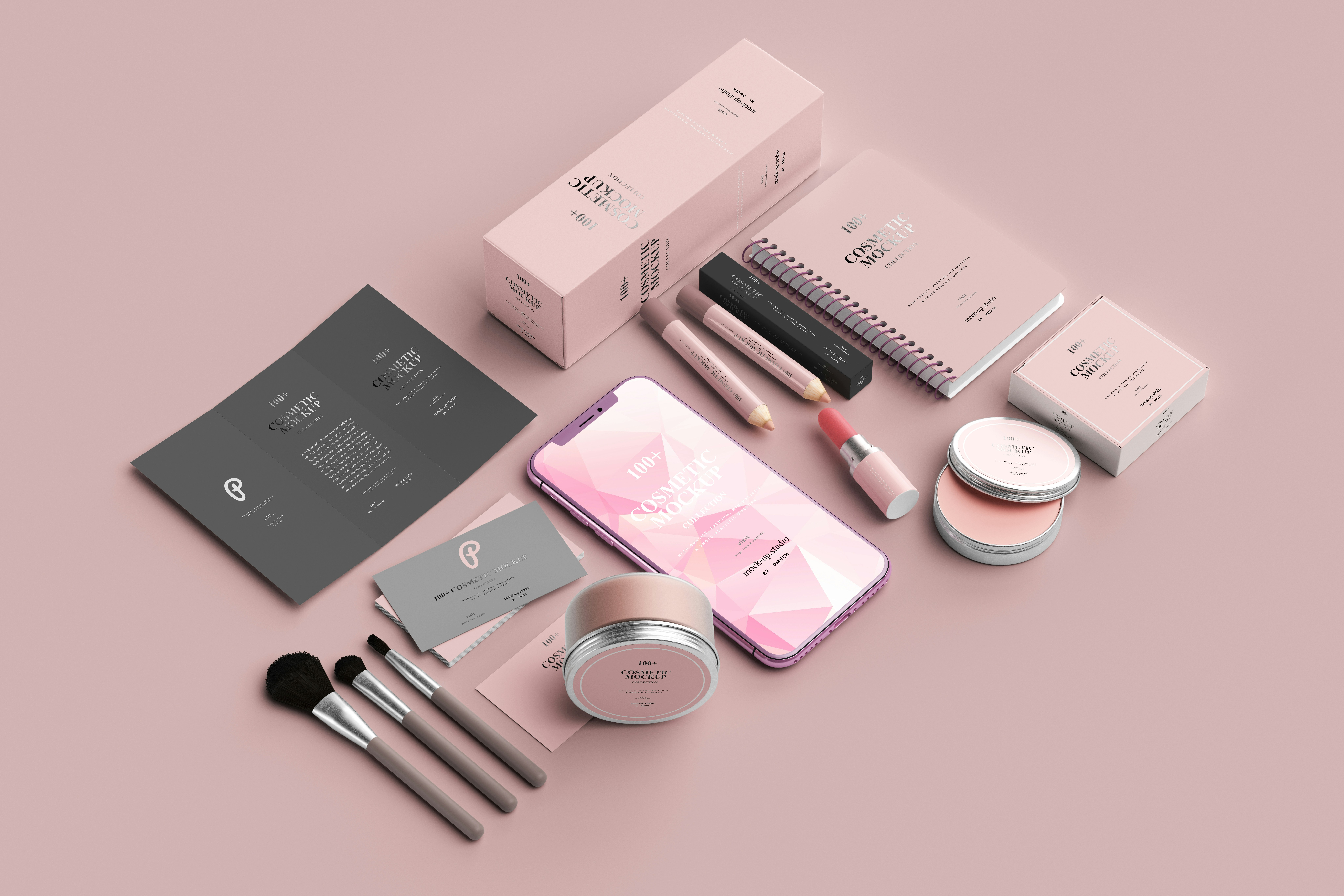DiMo
Dimo is a mobile solution that helps users effortlessly discover fun places to eat, play, and explore — especially when indecisive or under time pressure.
This project was completed during a UI/UX design course at Capi Edu, where I collaborated with teammates on a real-world design challenge.. We focused on solving a real-life issue: the common frustration of not knowing where to go when hanging out with friends. Dimo aims to make this decision-making process more spontaneous and joyful.
Though not without its flaws, Dimo helped me realize the importance of clear navigation, designing with user intent in mind, and maintaining visual consistency — lessons I carry into every new project.
🔍 What i learn about project
- Why simplicity and clarity matter in high-pressure decision moments
- How to balance playful design with usability
- Enhanced skills in user flow design and maintaining screen consistency
- Blending empathy and structure for meaningful digital experiences
I often encounter a problem when gathering with friends, family, or partners: not knowing where to go next after finishing a meeting or trip. I usually search on Google or local Facebook groups, but it takes a lot of time due to the overwhelming amount of information.
From these experiences, I came up with the idea of creating an app to solve this problem. The app will provide specific suggestions about locations, along with an improved search feature to better suit users.
Through a mix of interviews and surveys with potential users, I uncovered three key behavioral patterns that shaped how I approached the product experience:
PERSONAS
During the process of brainstorming basic features based on key findings, we created two ideal personas, aka Dimo's dream users, representing two groups of people using this application. These are Minh Ngoc - a Key Opinion Leader (KOL) in the beauty and lifestyle sector, and Thanh Lam - a manager. From these personas, we identified pain points and needs to build the site map.
VAlUE
From user research, I found that people want quick, trustworthy suggestions without endless scrolling.
This model helped me define DIMO’s core value: helping users decide faster by offering smart, context-aware recommendations based on what they wear, need, or feel.
This app was designed to make it easier for users — especially groups — to discover, save, and decide on entertainment spots. I participated throughout the product design process from user research to defining features and crafting user flows.
Sitemap
I created this sitemap to reflect the app's core use cases: searching, saving, and sharing fun locations. The structure prioritizes quick access and low-effort navigation to support users making decisions under time pressure.
USERFLOW
These user flows were created by my teammate to visualize how users interact with key features like search, outfit-based recommendations, and saved collections.
While I wasn’t directly responsible for building these diagrams, I contributed by providing feedback on the logic and ensuring alignment with the overall user goals.
Wireframe
A few early wireframes of DiMo – used to plan layout and user flow before applying the final UI design.
DESIGN SYSTEM
To ensure a seamless and cohesive user experience across all touchpoints, we developed a simple yet effective design system for Dimo. This includes typography, color palette, iconography, and layout rules — all tailored to reflect the app’s tone: youthful, fun, and intuitive.
DIMO
The onboarding flow was designed with a modern look and youthful language to clearly convey the app’s value. Users could select their preferences from the start, allowing the system to offer more accurate recommendations.
DIMO
On the Home screen, I focused on personalizing the experience by showing the user’s location, suggesting nearby spots, highlighting ongoing events, and adding a random picker feature. This approach supports both goal-driven and spontaneous users. Additionally, a community section with story-based reviews was integrated to enhance trust and create a sense of social connection.

DIMO
We focused on presenting key information clearly—opening hours, map, price range, real photos, and reviews. Tabs are cleanly divided to support quick decision-making and seamless navigation through content.

DIMO
During the process of brainstorming basic features based on key findings, we created two ideal personas, aka Dimo's dream users, representing two groups of people using this application. These are Minh Ngọc - a Key Opinion Leader (KOL) in the beauty and lifestyle sector, and Thanh Lam - a Manager. From these personas, we identified pain points and needs to build the Site Map.
And feature "Outfit-Based Search" was born from the insight: “What outfit to wear and where to go for a great photo?” I designed an outfit-based recommendation system that matches venues with clothing style and color palette, offering a fresh, personalized discovery experience.

We designed the ranking feature as a tool to cultivate an active reviewer community within the app. By separating “Places” and “Users” rankings, the system not only showcases popular destinations but also motivates users to become quality content contributors. This structure serves as a form of reviewer recognition — allowing the community to identify and follow trusted voices who enhance the discovery experience for others.
DIMO
I designed an extended feature set to enhance user interaction and personalization. With the random picker, users can spin to discover new places, create their own preference groups, or spin with friends—making decision-making fun and dynamic. The community, saved places, and profile screens let users share real experiences, organize favorites by tags, and manage their personal data—encouraging deeper engagement and ongoing exploration within the app.

















